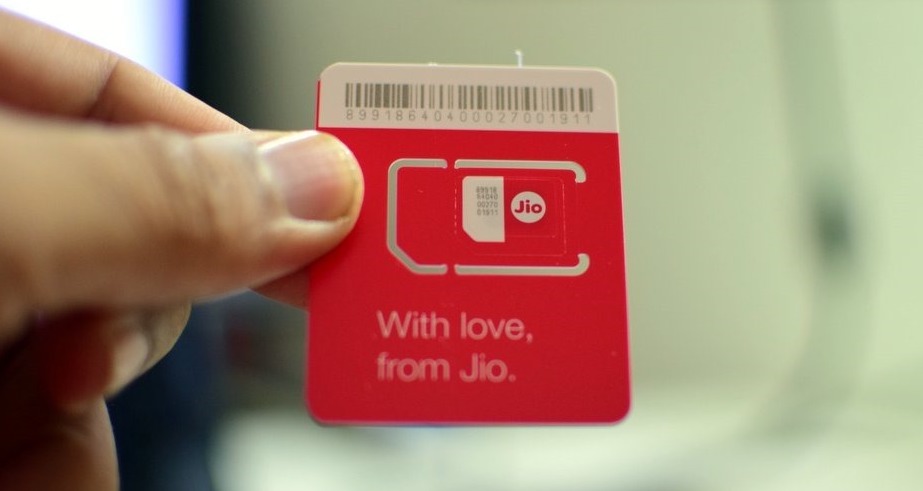In recent years, the world of audio networking has undergone a significant transformation, enabling seamless transmission, management, and control of audio signals across various industries. Among the pioneering technologies that have shaped this evolution are Audinate’s Dante and AES67, and Analog Devices’ A2B. These cutting-edge solutions have revolutionized the way audio is distributed, shared, and synchronized, leading to improved efficiency, flexibility, and convenience in professional audio applications.

Understanding Audio Networking
Audio networking refers to the process of transmitting audio signals over a network infrastructure, allowing multiple devices to communicate and exchange audio data. Traditionally, audio signals were transferred using analog cables, limiting scalability and flexibility. However, with the advent of digital networking technologies, audio networking has taken a giant leap forward.
Audinate’s Dante: The Game-Changer
At the forefront of this evolution stands Audinate’s Dante, which has become one of the most widely adopted audio networking protocols in the industry. Dante operates on standard Ethernet networks and enables high-quality, low-latency audio transmission, making it ideal for live sound, broadcast, and commercial audio installations.
The key to Dante’s success lies in its plug-and-play simplicity and interoperability. Devices equipped with Dante-enabled hardware can seamlessly connect and communicate with each other, eliminating the need for complex configurations. This ease of use has made Dante the go-to choice for audio professionals around the world.
Dante’s network topology is based on the Internet Protocol (IP) standard, allowing it to coexist with existing IT infrastructures, including routers, switches, and ethernet cables. This compatibility has simplified the integration of audio systems into the broader data network environment.
Dante Controller, the management software that accompanies Dante, allows users to configure and route audio signals easily. With real-time monitoring and device discovery features, troubleshooting and optimizing audio networks have never been more straightforward.
The scalability of Dante is another significant advantage. Large-scale audio installations can be achieved by adding more devices to the network without sacrificing performance or introducing complex synchronization issues. As a result, Dante is the preferred choice for applications ranging from small conference rooms to vast stadium events.
AES67: The Bridge between Standards
While Dante rapidly gained popularity, other audio networking protocols also emerged. This led to compatibility challenges as each protocol had its own unique set of features and capabilities. To address this, the Audio Engineering Society (AES) introduced AES67, a standard that defines interoperability among different audio networking technologies.
AES67 provides a common language for audio devices, enabling them to communicate regardless of whether they support Dante, Ravenna, Livewire, or other AES67-compliant protocols. This standardization has facilitated the creation of mixed networking environments, where devices from different manufacturers can coexist harmoniously.
AES67 operates on the same IP-based network as Dante, which further simplifies integration and expands compatibility. Audio devices supporting AES67 can exchange uncompressed high-quality audio with other devices on the network, allowing for seamless collaboration between various systems.
The adoption of AES67 has also paved the way for broader audio networking interoperability across industries. Broadcast, live sound, and recording studios can now share audio resources and collaborate more efficiently, breaking down traditional barriers between different segments of the audio industry.
A2B: Automotive Audio Networking
In the realm of automotive audio, Analog Devices introduced Automotive Audio Bus (A2B) technology. A2B is specifically designed to meet the demands of in-vehicle audio systems, delivering high-quality audio with minimal wiring complexity.
A2B utilizes a single, unshielded twisted-pair cable, significantly reducing weight and cost compared to traditional cabling solutions. Moreover, it supports bidirectional communication, enabling advanced audio processing and diagnostic capabilities within the vehicle. As the automotive industry embraces digitalization, A2B has emerged as a reliable and efficient solution for premium audio experiences on the road, as well as applications beyond automotive like live events, conferencing, and more.
A2B’s role in automotive audio extends beyond traditional in-car entertainment systems. It caters to the growing demand for in-vehicle communication, safety, and infotainment features. As modern vehicles become more connected and autonomous, A2B plays a vital role in enabling seamless communication between audio devices and other electronic components, enhancing the overall driving experience.
The Future of Audio Networking
The journey of audio networking is far from over. As technology continues to advance, so too will the capabilities of Dante, AES67, and A2B.
One area of development is the integration of audio networking with other technologies. We can expect to see audio networks seamlessly incorporating internet-based services and cloud-based audio storage, providing users with even more flexibility and accessibility.
Cloud-based audio solutions can optimize content distribution and storage for audio professionals, broadcasters, and content creators. By leveraging cloud-based resources, users can access vast libraries of audio content, collaborate remotely, and streamline their workflows.
Additionally, as 5G and edge computing become more prevalent, audio networking may leverage these technologies to enhance real-time processing and distribution of audio signals, especially in applications such as live performances and broadcast events. With 5G’s high bandwidth and low latency capabilities, audio networks can achieve even higher levels of quality and reliability, meeting the demands of professional audio production in a fast-paced, interconnected world.
Conclusion
The evolution of audio networking services through Dante, AES67, and A2B technologies has significantly transformed the way audio is transmitted and managed across industries. Dante’s user-friendly approach, combined with the standardization efforts of AES67 and the efficiency of A2B in automotive audio and beyond, have shaped a future where audio experiences are more immersive, reliable, and accessible.
As the audio networking landscape continues to evolve, it is certain that these technologies will continue to play a pivotal role in shaping the future of professional audio and beyond. The world of audio networking is open to endless possibilities, and the only limit is the extent of our imagination and innovation.
As we look ahead, we can expect audio networking to further integrate with other emerging technologies, resulting in even more seamless and intelligent audio solutions. From large-scale live events to connected vehicles, the journey of audio networking is on an exciting trajectory, continuously redefining the way we experience and interact with audio content. The ever-increasing demand for high-quality, reliable, and interconnected audio solutions guarantees that Dante, AES67, and A2B will continue to play a significant role in shaping the future of audio networking.








